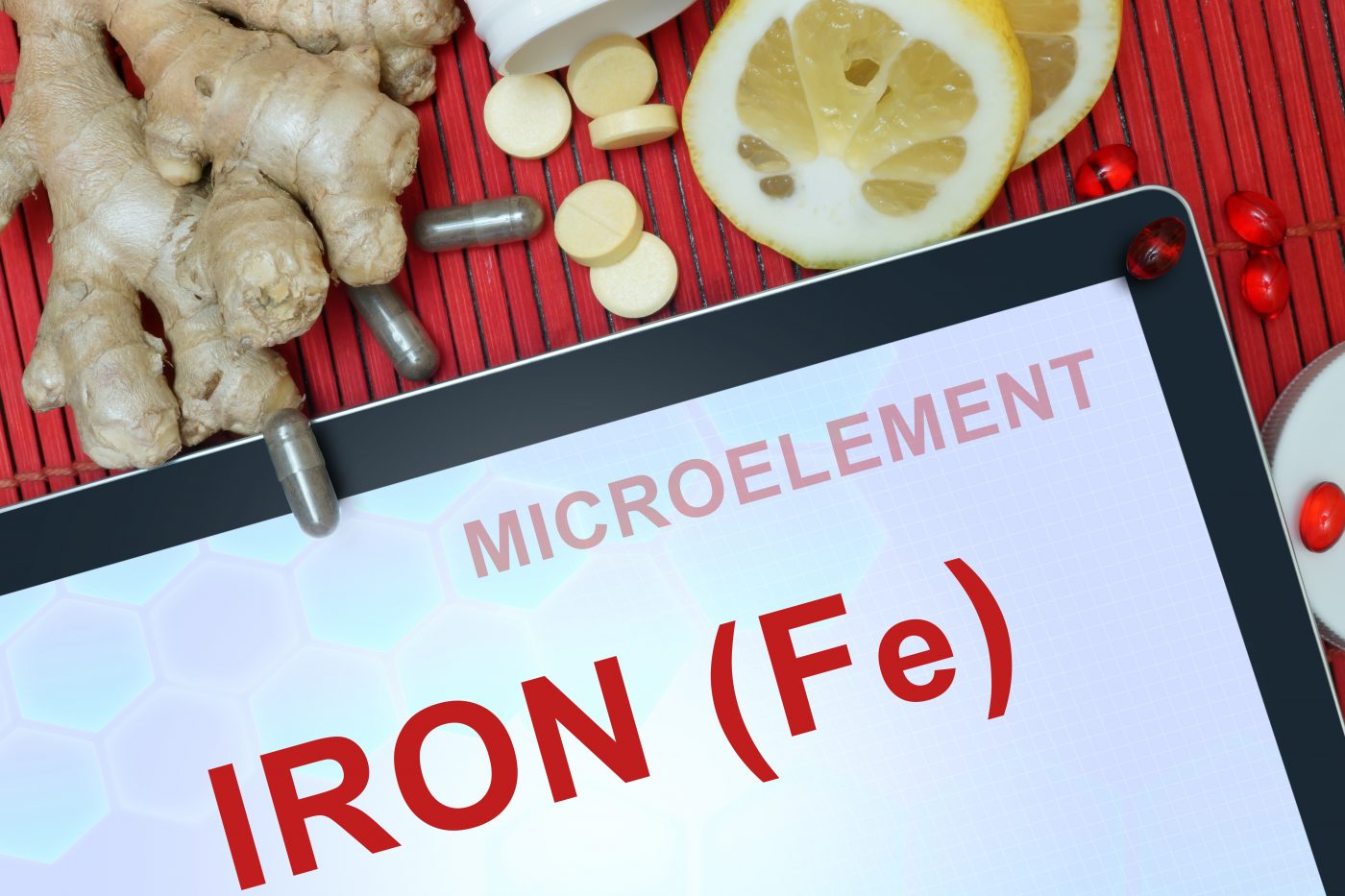Iron Buildup in Lungs Can Drive Fibrosis, Study Finds

Abnormal buildup of iron in the lungs can cause lung fibrosis (scarring), and targeting this accumulation could be a therapeutic strategy for people with pulmonary fibrosis, a new study suggests.
The study, “Critical role for iron accumulation in the pathogenesis of fibrotic lung disease,” was published in The Journal of Pathology.
Previous research has shown that people with fibrosis-associated lung diseases, such as idiopathic pulmonary fibrosis (IPF), often have abnormally high levels of iron in their body. However, it is unclear whether this increased iron concentration is a cause of lung fibrosis, or a result.
To address this question, a team led by researchers at the University of Newcastle in Australia first analyzed two mouse models of iron overload. In both models, mice were genetically engineered to accumulate abnormally high levels of iron in their bodies.
The researchers found that the mice displayed evidence of decreased lung function. Analysis of the mice’s lung tissue showed no evidence of increased inflammation or abnormal activity in muscles used for breathing, which could have accounted for the decreased lung function. However, the animals did have a buildup of collagen — the connective protein that makes up the bulk of scar tissue — in their lungs.
“Collectively, our data supports that iron-associated changes in lung function do not result from increased inflammation … or airway smooth muscle contractility but rather structural changes (i.e. small airways fibrosis),” the researchers wrote. In other words, the increase in iron appeared to have caused lung fibrosis and thus the decline in lung function.
“Increased iron itself may play a role in the pathogenesis of key features of disease observed in fibrotic lung diseases such as IPF,” the researchers added.
The team then analyzed a standard mouse model of lung fibrosis, where scarring is induced by the administration of a medicine called bleomycin.
In wild-type (normal) mice, bleomycin treatment induced lung fibrosis as expected, and this was accompanied by an increase in iron levels in the lungs. Interestingly, both the amount of iron in the lung and the extent of fibrosis were similar in bleomycin-treated mice and in untreated iron-overload mouse models.
When iron-overload mice were treated with bleomycin, they developed more extreme fibrosis than bleomycin-treated mice.
“These findings support that increased iron in the lung plays an important role in driving airway fibrosis in bleomycin-induced experimental pulmonary fibrosis,” the researchers wrote.
In another experiment, the team treated wild-type mice with bleomycin (to induce lung fibrosis) and then initiated treatment with an iron chelator called deferoxamine — a compound that can reduce the levels of iron in the body.
Deferoxamine treatment significantly reduced inflammation and fibrosis in bleomycin-treated mice, and also improved their lung function.
Interestingly, in mice that had not been treated with bleomycin, deferoxamine treatment alone increased scarring and decreased lung function.
“[T]hese data reinforce the important role of iron in the pathogenesis of fibrotic lung disease and demonstrate the therapeutic potential for targeting increased pulmonary iron in preventing/treating disease progression, whilst also highlighting that the manipulation of iron may also have detrimental effects in the lung,” the researchers wrote.
Apart from experiments in mouse models, the team also looked at samples of lung tissue from 10 people with IPF and 10 people without (healthy controls).
Average iron levels were significantly increased in tissue from people with IPF. Furthermore, iron levels were significantly associated with forced vital capacity (FVC), a measurement of lung function. In other words, patients with higher iron levels tended to have lower (worse) FVC.
Additionally, when researchers treated human lung fibroblasts (the cells primarily responsible for fibrosis) with iron, the cells became activated, dividing more rapidly and increasing their production of collagen and other scar components.
Overall, the findings suggest that a buildup of iron in the lungs contributes to lung fibrosis.
“These experimental and clinical data demonstrate that increased accumulation of pulmonary iron plays a key role in the pathogenesis of pulmonary fibrosis and lung function decline,” the researchers wrote.
“Furthermore, these data highlight the potential for the therapeutic targeting of increased pulmonary iron in the treatment of fibrotic lung diseases such as IPF,” they said.







